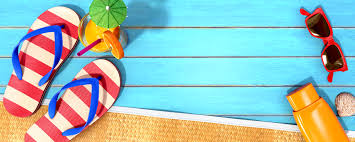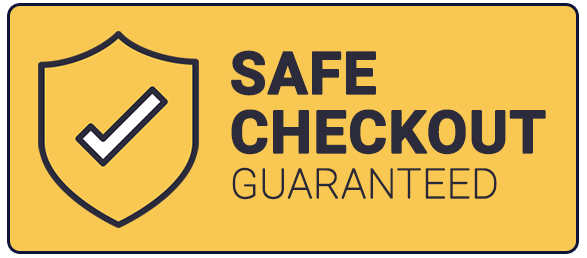THREE DANGERS DURING SUMMERNow that summer is here, it can be a wonderful time to get outside and enjoy the beautiful weather. However, there is also the risk of injuries and accidents and other immediate and long-lasting health problems. There are many things you can do to stay safe during the summer. Let’s look at three dangers that are often present in the summer, along with tips to address these issues. HEAT EXHAUSTION Heat exhaustion can occur when the body gets too hot, and is related to excessive exposure to high temperatures and humidity and intense physical activity. A few heat exhaustion symptoms include:
DEHYDRATION Dehydration can happen when the body doesn't get enough water. There are many physical symptoms associated with dehydration. These symptoms often include:
Extreme heat makes people more susceptible to dehydration during summer, but there are several things you can do to limit the risk of dehydration. These preventative measures include:
DROWNING Unintentional drowning is one of the leading causes of unintentional death in the United States. Approximately 10 people die from unintentional drowning every day, CDC reports. Among these people, two are age 14 or younger.
Understanding the risks associated with unintentional drowning is imperative. If you intend to swim at a beach or pool this summer, there are a few things you can do to prevent unintentional drowning emergencies. These preventative measures include:
There are many summer dangers to consider and we've only discussed three. If you prepare for summer dangers, you can stay safe during camping trips, trips to the pool, and other outdoor activities. First and foremost, you can be better prepared to enjoy a healthy and active summer participating in your favorite summer activities.
Comments
|
AuthorDr. Tracy A. Jones is the CEO of Help-A-Heart CPR, LLC and an American Heart Association, ASHI, and American Red Cross Master Program Trainer, Instructor, & AHA Faculty Member located in San Antonio, Texas. Archives
June 2024
Categories |
Help-A-Heart CPR, LLC | 1747 Citadell Plaza Suite 101 | San Antonio, Texas 78209 | (210) 380-5344 | [email protected]
Copyright © Help-A-Heart CPR, LLC 2024
100% Certification Acceptance
We promise your employer, school, or agency will accept the certification card we issue to you. If there is a question of acceptance or validity, simply send us an email at [email protected] with full details. We will reach out to the individual/entity and provide accreditation information. If still there’s a question, we will provide you with a full refund of your class fee. It’s that simple.
We promise your employer, school, or agency will accept the certification card we issue to you. If there is a question of acceptance or validity, simply send us an email at [email protected] with full details. We will reach out to the individual/entity and provide accreditation information. If still there’s a question, we will provide you with a full refund of your class fee. It’s that simple.
|
Communities Served
ALABAMA: Birmingham
ARKANSAS: Fayetteville, Hot Springs, Jonesboro, Little Rock NEW MEXICO: Albuquerque TENNESSEE: Knoxville TEXAS: Amarillo, Arlington, Austin, Bandera, Bastrop, Boerne, Brownsville, Comfort, Converse, Corpus Christi, Dallas/Ft. Worth, Del Rio, Dripping Springs, El Paso, Floresville, Fredericksburg, Georgetown, Harlingen, Houston, Junction, Katy, Kerrville, Kingsville, Kingwood, Laredo, Lubbock, Lufkin, McAllen, Midland, New Braunfels, Odessa, Pleasanton, Round Rock, San Angelo, San Marcos, Schertz, Seguin, Taylor, Temple, Texarkana, Tyler, Universal City, Victoria, Waco, The Woodlands |
Why Choose Help-A-Heart CPR?
1. Flexible Scheduling
2. On and Off Location Training Available 3. Casual, Fun Atmosphere 4. Best Price Guarantee 5. All Instructors are AHA and/or ARC certified 6. 5 Star Google Reviews 7. Blended Learning (Online & Skills Check) Available 8. Meets OSHA & College CPR Requirements 9. Get Certified Within 3-4 Hours 10.Certification Is Good For Two Years 11. Official AHA/ARC/ASHI Training Site 12. High Quality Safety Training! |








